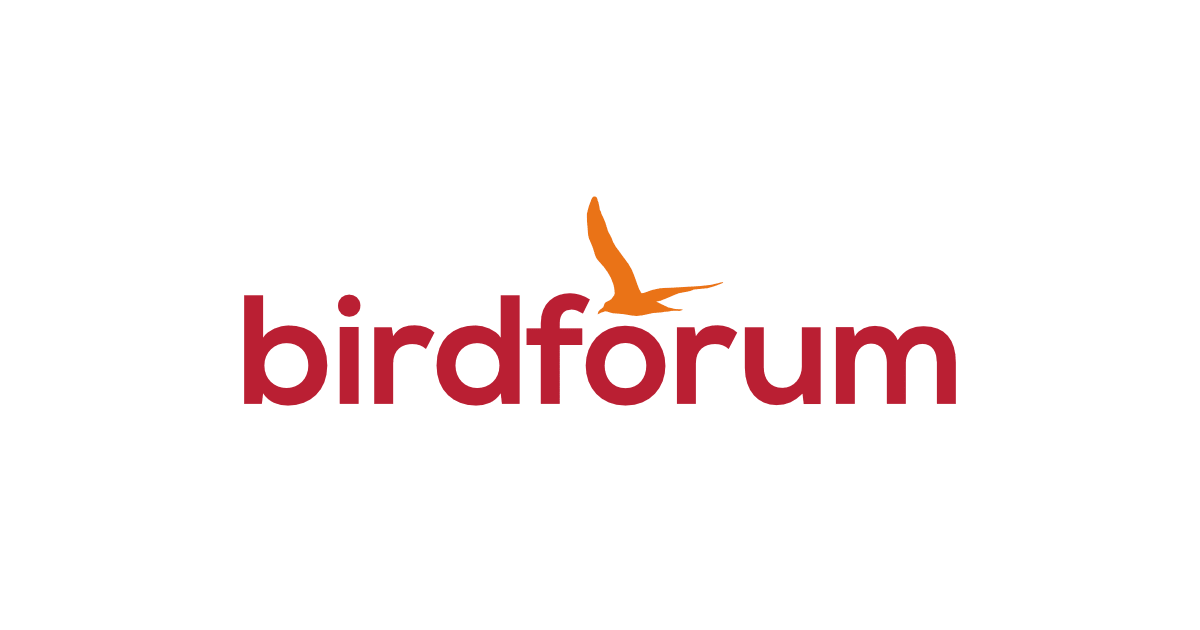I just had an NL 10x32, and I had considerable glare, especially in backlit situations. I would get veiling glare in the bottom of the FOV no matter how I adjusted the eye cups, so I sold it and bought a Zeiss SF 10x32.
The Zeiss has several advantages over the NL for me, including less glare, better CA control, it is sharper on-axis, it is lighter and feels way lighter with the weight rearward design, has armor that will probably last longer, a smoother focuser, less RB and all the accessories work better for me from the case to the rain guard and best of all no FP strap attachment system.
The only advantage the NL has is less pincushion and that leads to you guessed it, more rolling ball. Both binoculars have a huge 7.5 degree FOV, so the NL has no advantage in size of FOV.
The SF 10x32 by the way has the biggest FOV of any Zeiss binocular and differs from the SF 8x42 and 10x42 in its optical design.
The SF 42 has an eyepiece consisting of 3 doublets and a singlet, whereas the SF 32 has 5 doublets and 1 singlet. At the objective, the SF 42 has a fixed doublet and a moving singlet focusing lens, but the SF 32 has a fixed singlet objective and a doublet focuser. In other words, the SF 32 is significantly different from the SF 42. The SF 10x32 has a field of view 8.3% wider than the SF 10x42
In Allbinos tests of the NL 8x32 and SF 8x32, a fraction of a point separates the two, but Allbinos doesn't talk about the glare that the NL has for many people, which can make it a dealbreaker.
They do mention that the SF has the best CA control they have ever seen in any binocular they have tested, and I can verify this after testing the SF 10x32 with objects against white backgrounds. It has no CA in the center or on the edge like the NL does.
So if CA bothers you, and you don't like glare the SF is your binocular.
Also, you can generally buy the SF for less money than the NL because in general they tend to be more discounted on the open market.
Here are the Allbinos reviews on the NL 8x32 and SF 8x32, an excellent review by Lee on the SF 10x32 and a cutaway of an SF 42 and an SF 32.
 www.allbinos.com
www.allbinos.com
 www.allbinos.com
www.allbinos.com

 www.birdforum.net
www.birdforum.net


The Zeiss has several advantages over the NL for me, including less glare, better CA control, it is sharper on-axis, it is lighter and feels way lighter with the weight rearward design, has armor that will probably last longer, a smoother focuser, less RB and all the accessories work better for me from the case to the rain guard and best of all no FP strap attachment system.
The only advantage the NL has is less pincushion and that leads to you guessed it, more rolling ball. Both binoculars have a huge 7.5 degree FOV, so the NL has no advantage in size of FOV.
The SF 10x32 by the way has the biggest FOV of any Zeiss binocular and differs from the SF 8x42 and 10x42 in its optical design.
The SF 42 has an eyepiece consisting of 3 doublets and a singlet, whereas the SF 32 has 5 doublets and 1 singlet. At the objective, the SF 42 has a fixed doublet and a moving singlet focusing lens, but the SF 32 has a fixed singlet objective and a doublet focuser. In other words, the SF 32 is significantly different from the SF 42. The SF 10x32 has a field of view 8.3% wider than the SF 10x42
In Allbinos tests of the NL 8x32 and SF 8x32, a fraction of a point separates the two, but Allbinos doesn't talk about the glare that the NL has for many people, which can make it a dealbreaker.
They do mention that the SF has the best CA control they have ever seen in any binocular they have tested, and I can verify this after testing the SF 10x32 with objects against white backgrounds. It has no CA in the center or on the edge like the NL does.
So if CA bothers you, and you don't like glare the SF is your binocular.
Also, you can generally buy the SF for less money than the NL because in general they tend to be more discounted on the open market.
Here are the Allbinos reviews on the NL 8x32 and SF 8x32, an excellent review by Lee on the SF 10x32 and a cutaway of an SF 42 and an SF 32.
Swarovski NL Pure 8x32 - binoculars review - AllBinos.com
The best binocular tests on the net. The comprehensive database of binoculars with their parameters and users opinions. Interesting articles and comparisons.
Carl Zeiss Victory SF 8x32 - binoculars review - AllBinos.com
The best binocular tests on the net. The comprehensive database of binoculars with their parameters and users opinions. Interesting articles and comparisons.

Review: Zeiss Victory SF 10x32
Introduction Well it’s a few months since I reviewed SF 8x32 so it is about time I had a look at the 10x32, and one has been obtained on loan for a few weeks. SF 32 has been around for a while now, but I sense that it is not widely understood how much of a development from SF 42 that it...


Last edited:






